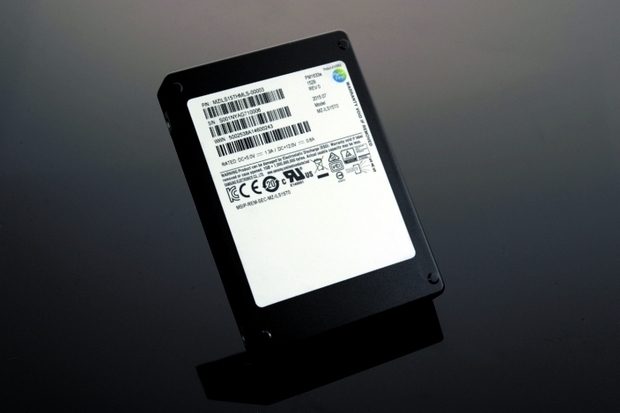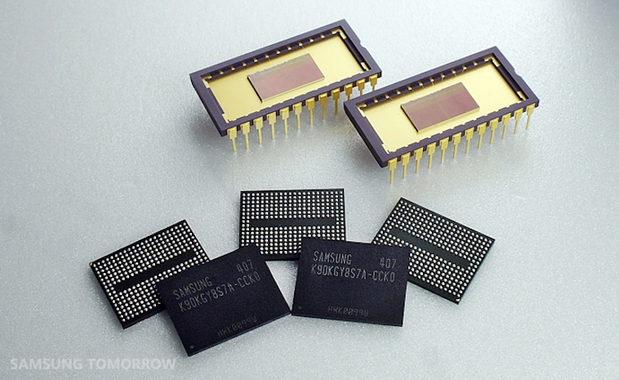Samsung’s massive 15TB SSD can be yours — for about $10K


Samsung’s industry-leading 15.36TB solid-state drive (SSD) began shipping to system makers back in March; now it’s showing up on reseller websites with a price tag of around $10,000.
At least one retail website offers it for bargain basement price of $9,690.
While roughly 63 cents per gigabyte may seem high (and it’s definitely costlier than the average consumer SSD), Samsung’s PM1633a SSD isn’t targeted at the average gamer or computer enthusiast — especially when you consider its performance stats. This is an enterprise-class SSD all the way.
The SSD boasts random read and write speeds of up to 200,000 and 32,000 I/Os per second (IOPS), respectively, and it sports sequential read and write speeds of up to 1,200 Mbps. How fast is that? It’s more than twice the speed of your average, high-end consumer SSD.
Unveiled last year, Samsung’s PM1633a SSD comes in a 2.5-in. form factor, the same size drives used in today’s laptops. The “height” of the SSD — 0.6-in or 15mm — is too thick to fit in the typical laptop. Laptop SSDs are typically 9mm, 7mm or 5mm in height (for ultrathin notebooks).
The PM1633a uses a 12Gbps Serial Attached SCSI (SAS) interface and the form factor lets enterprise storage administrators fit twice as many of the drives in a standard 19-inch, 2U rack, compared to an equivalent 3.5-in. storage drive.
Don’t need 15TB of capacity in a single drive? Later this year, Samsung expects to ship the PM1633a in 7.68TB, 3.84TB, 1.92TB, 960GB and 480GB capacities.

The PM1633a SSD is built with Samsung’s third-generation, 256Gb V-NAND 3D technology, which stacks flash cell arrays 48 layers high for greater density, performance and reliability than its predecessor (Samsung’s second-generation, 32-layer, 128Gb V-NAND memory).
The PM1633a SSD can write from two to 10 times as much data as typical SATA SSDs based on planar multi-level cell (MLC) flash technologies.
The SSD can sustain a full drive worth of writes each day over its five-year warranty period, which means more than 27 petabytes of data can be written to it over its lifetime. Samsung claims the drive has a 2-million-hour mean time between failure (MTBF), the same as its first generation PM1633 SSD; that SSD line, however, only offered up to 3.8TB of capacity.
Admittedly, MTBF specifications are more suited to determining the average lifespan of an entire drive line that ships in lots.
Samsung crammed into the 15.36TB drive 512 of its 256Gb V-NAND memory chips stacked 16 layers high to form a single 512GB package, with a total of 32 NAND flash packages. Along with all that non-volatile memory, Samsung also included 16GB of DRAM and used specially designed firmware that can access large amounts of high-density NAND flash concurrently.
In Samsung’s V-NAND chip, each cell utilizes the same 3D Charge Trap Flash(CTF) structure in which the flash cell arrays are stacked vertically to form a 48-storied mass electrically connected through 1.8 billion channel holes vertically punching through the arrays using a special etching technology.
In total, each V-NAND chip contains more than 85.3 billion cells. They each can store 3 bits of data, resulting in 256 billion bits of data — in other words, 256Gb on a chip.










